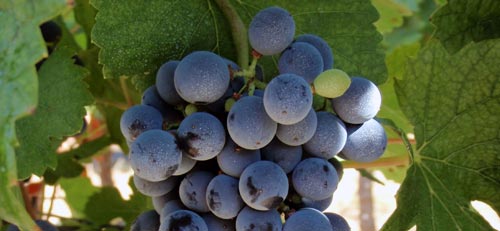
It’s only taken about half a century, but it seems that the wonderful little grape called Marselan is getting some recognition. In some roundabout way, I came across this article from last year. While it was probably due to some drunken internet meanderings that brought one of us to this article, there have been others here and there talking about how nice and wonderful this little lab-created grape is.
If you’re not familiar with it, don’t be ashamed. There are thousands of different grapes out there and this one is really quite young, having been created in 1961. Unlike South Africa’s Pinotage (also something of a recent grape created from two older varietals) Marselan is quite remarkable in that it’s generally quite, quite tasty without the amount of work that Pinotage requires. That’s not really a shock given that it’s a cross between Cabernet Sauvignon and Grenache which are both fantastic grapes on their own. But, what’s great about Marselan is that it’s hearty as hell. It has some of the least amount of problems with mildew that you’ll ever find which, when you don’t have Tramuntana wind year-round, can be an issue.
That Wikipedia article above talks about it growing in Languedoc (which is where it was originally created) as well as somewhere in California (which I’ve never come across.) What it leaves out is the rather crucial area of Empordà just across the French/Spanish border from Languedoc. The problem is that this varietal isn’t an authorized varietal for use in wines according to the DO Empordà regulatory body. Despite this, there are about six wineries who are currently making wines with it, one of the most famous being Mig Mig. But, there are others using it to a lesser degree because it’s looks quite certain that it will be a permitted grape at some point although it needs to go through its five year “experimental” phase before final approval.
Once that passes, you will undoubtedly see more of this grape in Empordà as it’s producing some really nice, unproblematic grapes that embody the best of their parent Cabernet Sauvignon and Grenache vines.